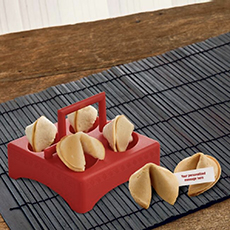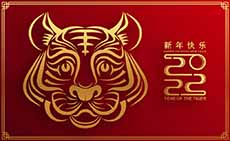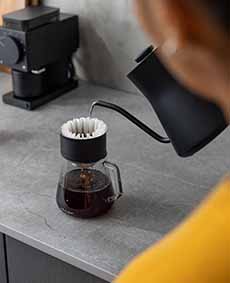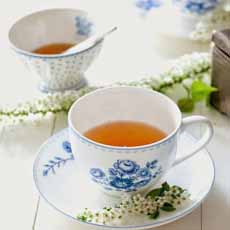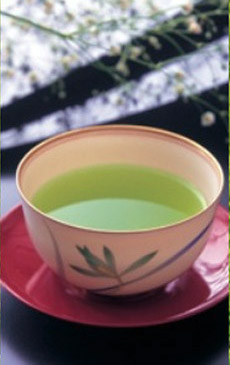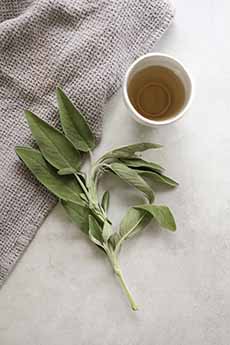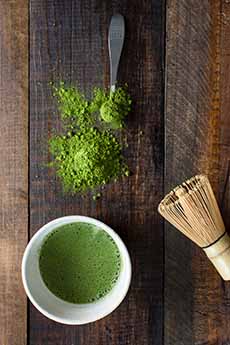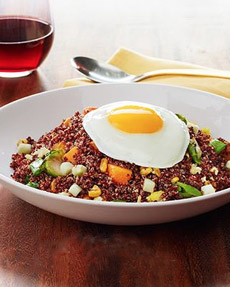|
January 17th is National Hot Buttered Rum Day. We’ve always been piqued about why Colonial Americans put butter into a mug of hot rum, so we drilled down. First, what is hot buttered rum? It’s a toddy with butter. What’s a toddy?
A toddy, or hot toddy, is a warm cocktail concocted to add a moment of warmth to chilly weather.
It’s made with whiskey, sugar, hot water, and optional spices, those being the “winter spices”: allspice, cinnamon, cloves, and nutmeg.
For hot buttered rum, the recipe is the same, with the substitution of rum for whiskey* and the addition of butter.
Why butter?
Modern sleuths have been unable to find the reason. Perhaps it was as simple as:
Some drinks were made with cream, so why not butter?
Butter was always on hand.
> The history of hot buttered rum is below.
HOT BUTTERED RUM OVERVIEW
In older times, a pat of butter was simply stirred into the hot rum, which was sweetened with sugar, spiced with what we now call “winter” spices, and diluted with hot water.
These days, establishments and home mixologists who serve hot buttered rum tend to make a “batter” of the non-liquid ingredients—butter, sugar, and spices —in advance, and freeze it until needed.
They find the finished drink less “oily” than floating a pat of butter on top of the hot drink.
Yet there are as many variations on the hot buttered rum recipe as there are for eggnog.
Some people replace the butter in hot buttered rum with ice cream, cream or milk, as some egg nog makers use ice cream instead of whipped cream.
Some people replace the water with cider.
Vegans can replace the butter with coconut oil (or these days, vegan butter).
These variations are not so different from the olden days, when Colonials added fruit, cream, and even eggs (which created egg nog) into their hot buttered rum, in addition to the butter, sugar, and spices.
While the original recipes may have called for the butter to be spooned on top of the rum mixture, this recipe takes the modern approach, making a spiced butter “batter” first.
We also have recipes for:
Caramel Hot Buttered Rum
Chocolate Hot Buttered Rum
Hot Apple Toddy
Hot Gin Cider
Scotch Toddy
RECIPE: HOT BUTTERED RUM
Prep time is 5 minutes. The ratio is 1 cup rum: 1/2 cup butter: 3 cups water.
You can make the spiced butter/batter, in advance.
Keep it frozen until needed—unless you plan to use it up in the short term, in which case it can go into the fridge.
Ingredients For 4 Servings
For The Spiced Butter (a.k.a. Batter)
1/2 cup unsalted butter at room temperature
1/2 cup light brown sugar
1 teaspoon vanilla extract
1 teaspoon ground cinnamon
1 teaspoon ground cloves
1 teaspoon ground nutmeg
1 teaspoon ground allspice
1/4 teaspoon salt
Ingredients For The Toddy
8 ounces dark rum
24 ounces hot water
Optional garnish: cinnamon stick
Preparation
1. COMBINE in a large bowl the butter, light brown sugar, vanilla extract, cinnamon, ground cloves, ground allspice, ground nutmeg, and a pinch of salt.
In a mug or a heat-proof glass…
2. ADD 2 ounces of rum and 6 ounces of hot water. Top with 2 tablespoons of the spiced butter mixture and stir to combine. Serve.
HOT BUTTERED RUM HISTORY
In his book “Imbibe!,” historian David Wondrich traced the addition of butter in hot drinks to the reign (1509-1547) of King Henry VIII of England.
It might have been a hot toddy or a hot punch.
Hot buttered rum came much later, since rum was a Caribbean spirit that didn’t gain traction until the 17th century, when enslaved sugar plantation workers figured out how to distill rum from molasses.
With that discovery, molasses was imported to the Colonies from Barbados, Jamaica, Martinique, and Santo Domingo.
It was turned into rum, and thence traded to England [source].
New England had hundreds of distilleries churning out rum. It was ubiquitous and inexpensive.
“At the peak of its popularity, colonials supposedly consumed more than five gallons of rum per person each year, paying mere shillings per gallon,” writes Katherine Hysmith in t.e.l.l. New England magazine.
It was drunk by men, women, and children, as a safe alternative to unreliable water supplies (a practice brought to the colonies from Europe).
“Rum was often combined with all manner of tonics including spring water, citrus juices, freshly grated spices, small and dark beers, warmed through with cream, hot butter, or whipped into a frenzy with eggs. And recipes varied from tavern to tavern and house to house,” Hysmith says.
Hot buttered rum became less popular as the country turned its focus to whiskey in the latter part of the 19th century (an issue to do with taxes jacking up the price of rum markedly).
Both whiskies imported from Scotland and Ireland and America’s own domestic distillates—bourbon whiskey, rye whiskey, rye malt whiskey, malt whiskey, wheat whiskey, Tennessee whiskey, and corn whiskey—moved in on rum sales.
But the drink popped up again in legendary bartender Jerry Thomas’s 1887 recipe manual, “The Bartenders Guide.”
Hot buttered rum appeared revived two-plus generations later in the 1940s, with “Trader Vic’s Book of Food & Drink,” which focused on rum cocktails.
SOME RUM TRIVIA
Christopher Columbus brought sugarcane from the Canary Islands to the Caribbean in 1493, during his second voyage to the Americas. Molasses, a by-product of sugar refining, was ultimately fermented into rum.
The name rum appeared in 1672. A leading contender is that it was likely after the English slang word rumballion, which meant clamor [source].
The word clamor, which today means “a great outcry,” figuratively means “loud or urgent demand” [source]. One can imagine the clamor for rum!
The famous song, “Yo Ho Ho And A Bottle Of Rum, formally called “Dead Man’s Chest” is a fictional sea-song that originated in Robert Louis Stevenson’s 1883 novel, Treasure Island (1883). Stevenson only wrote the chorus: Fifteen men on the dead man’s chest– …Yo-ho-ho, and a bottle of rum! Drink and the devil had done for the rest– …Yo-ho-ho, and a bottle of rum! Here’s the whole story.
> THE HISTORY OF RUM
> THE DIFFERENT TYPES OF RUM
> HOT TODDY, MULLED WINE & CIDER & RELATED DRINKS
________________
*Rum and whiskey are both distilled spirits, but they are different from each other. Here’s a discussion of the differences.
|
|
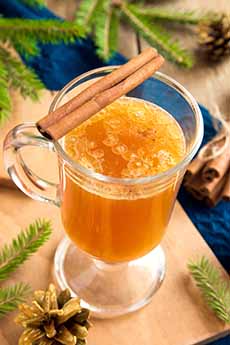
[1] Hot buttered rum, garnished with cinnamon sticks (photo © PantherMedia Stock Agency / Mizina).
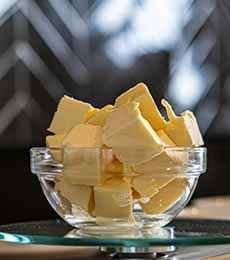
[2] Northern Europe and Colonial America were (and are) dairying countries. There was always butter on hand (photo © Sorin Gheorghita | Unsplash).
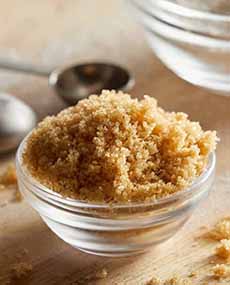
[3] Light brown sugar provides more depth of flavor via the molasses content. White sugar is stripped of all of the molasses that is created when the sugar cane juice is refined (photo © Webstaurant Store).
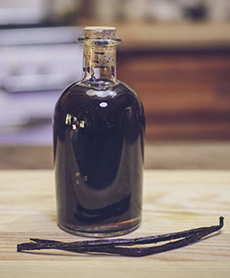
[3] A bit of vanilla adds another layer of flavor. This photo shows a premium, double-strength Madagascar single origin vanilla (photo © Madagascar Vanilla Co.).
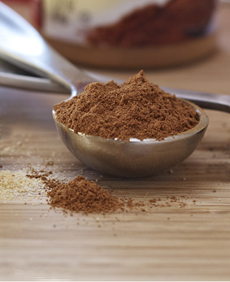
[4] Cinnamon is one of the four spices used in the recipe. If you don’t have the individual spices, you can use pumpkin pie spice blend (photos #4 and #6 © McCormick).
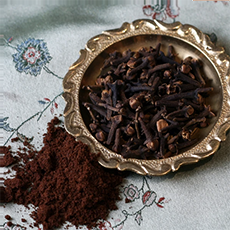
[5] Whole cloves are the most pungent and oily of all spices. They are the unopened buds of the clove tree. You’ll need ground cloves for the recipe (photos #5 and #7 © Silk Road Spices).

[6] Ground nutmeg loses its flavor very quickly, so its best to buy whole nuts and grate them as needed.
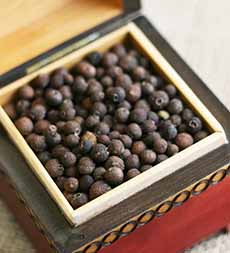
[7] Allspice is the berry of the pimento bush, grown mostly in Jamaica. It gets its name from the fact that it tastes somewhat like a peppery blend of cinnamon, clove and nutmeg. You’ll need the ground version for the recipe.

[8] The recipe uses dark rum, which has more flavor than light rum. Dark rum is often the choice for for drinking straight.
|

